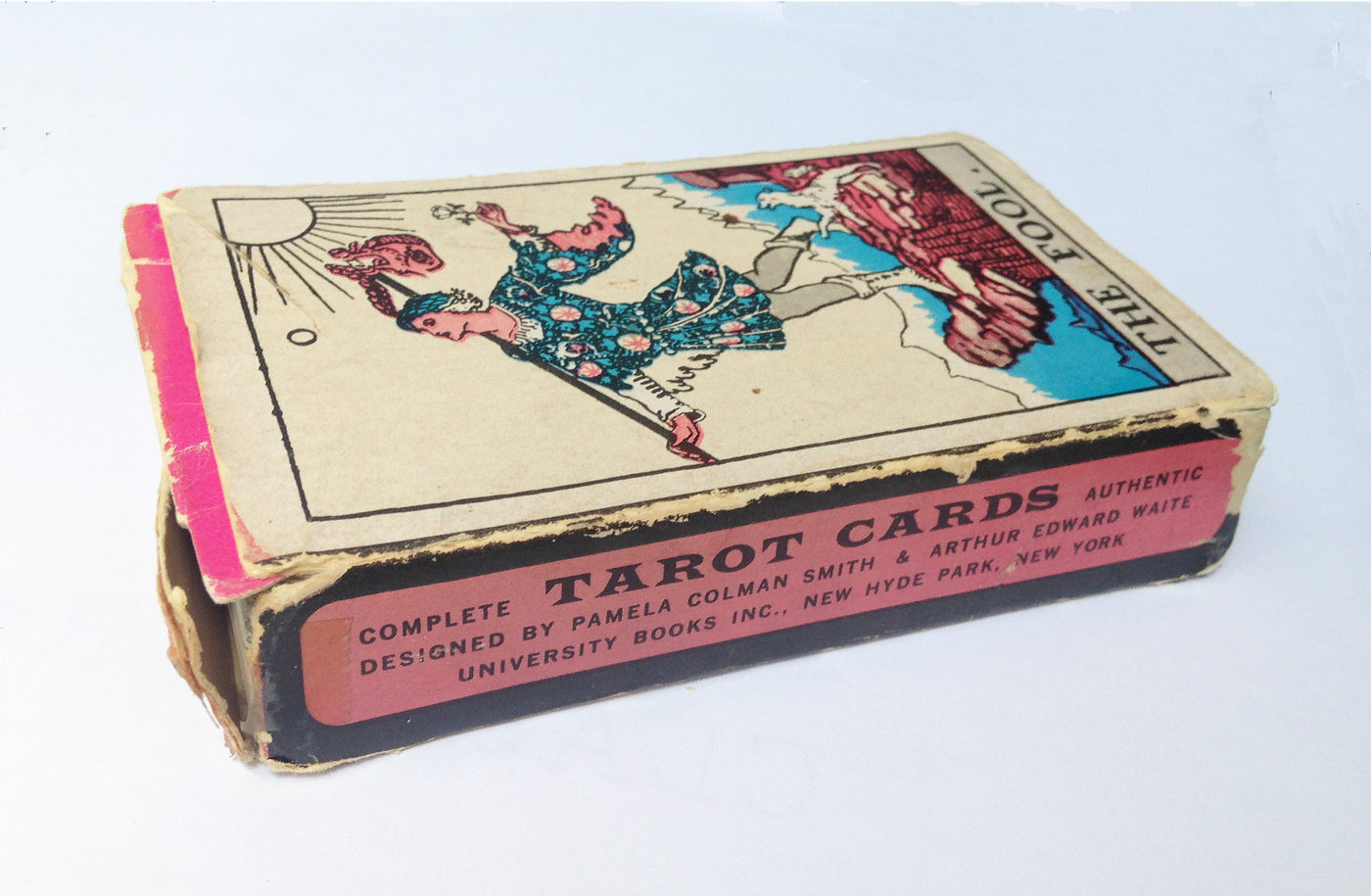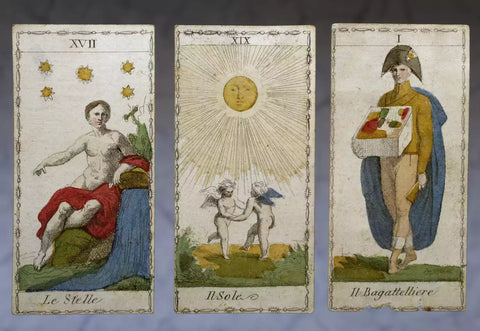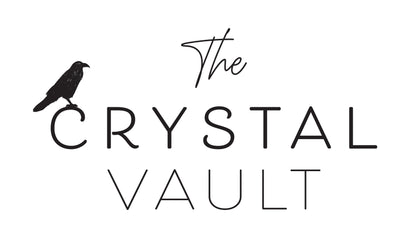

The tarot is a deck of cards that has been used for divination, meditation, and spiritual guidance for centuries. Its origins can be traced back to the 14th century in Italy, where it was used as a game. Over time, the tarot evolved into a powerful tool for exploring the human psyche, and its symbolism has been interpreted in countless ways.
Early History of the Tarot
The origins of the tarot are somewhat mysterious, but it is believed to have been created in northern Italy in the 14th century. The earliest known tarot deck was the Visconti-Sforza deck, which was created in the mid-15th century for the Duke of Milan. This deck was highly decorated and featured many of the same images that are still used in tarot decks today, such as the High Priestess, the Magician, and the Fool.
In the early days, the tarot was primarily used as a game. It was played with a standard deck of playing cards, but the tarot deck had 22 extra cards, which were known as the Major Arcana. These cards were highly decorated and featured images of mythical and allegorical figures. The Major Arcana cards were used as trump cards in the game, giving the player who held them a significant advantage.

The Tarot as a Tool for Spiritual Exploration
As the tarot became more popular in the 18th and 19th centuries, it began to be used for divination and spiritual exploration. The Major Arcana cards in particular were seen as a powerful tool for accessing the unconscious mind and exploring the human psyche.
One of the most significant figures in the history of the tarot was the French occultist and writer, Eliphas Levi. Levi was a key figure in the 19th century occult revival and wrote extensively on the tarot. He believed that the tarot was a powerful tool for spiritual transformation and that the Major Arcana cards represented the journey of the human soul through life.
In the 20th century, the tarot continued to be popular among occultists and spiritual seekers. The influential psychoanalyst Carl Jung was particularly interested in the tarot, seeing it as a tool for exploring the collective unconscious. Jung believed that the symbols and archetypes in the tarot were expressions of deep-seated human desires and fears.
Modern Tarot Decks
Today, the tarot is more popular than ever, with thousands of different tarot decks available. Many modern decks are based on the traditional Rider-Waite-Smith deck, which was created in 1909 by the artist Pamela Colman Smith and the occultist Arthur Edward Waite. The Rider-Waite-Smith deck is notable for its vivid imagery and use of color, and it has become one of the most widely recognized and influential tarot decks of all time.

In recent years, the tarot has become more mainstream and is no longer seen as solely the domain of occultists and spiritual seekers. Many people use the tarot as a tool for self-exploration and personal growth, and it has become a popular form of divination among people from all walks of life.
In conclusion, the history of the tarot is a rich and fascinating one, spanning hundreds of years and encompassing a wide range of cultural and spiritual traditions. From its humble beginnings as a game, the tarot has evolved into a powerful tool for exploring the mysteries of the human soul. Whether you see the tarot as a tool for divination, meditation, or spiritual exploration, its enduring appeal is a testament to its enduring power and relevance.
Photo sources:
atlasobscura.com, wikipedia.com


